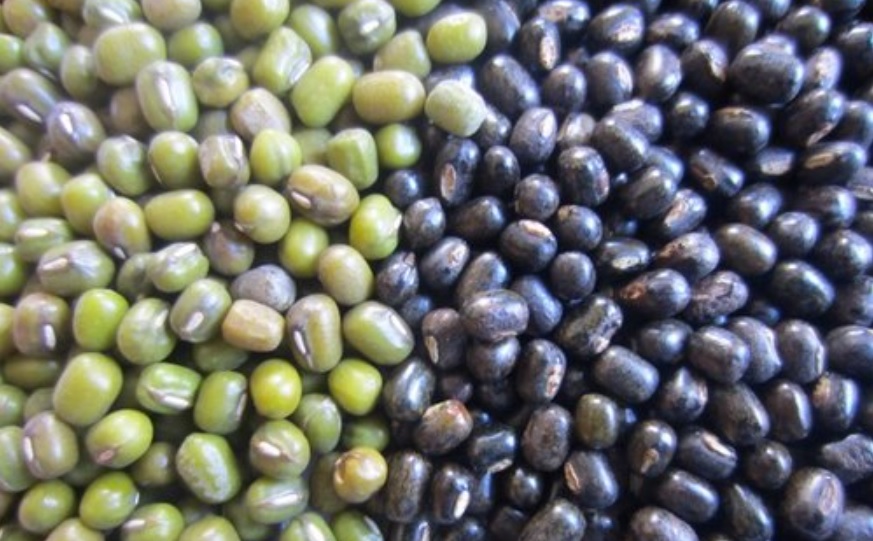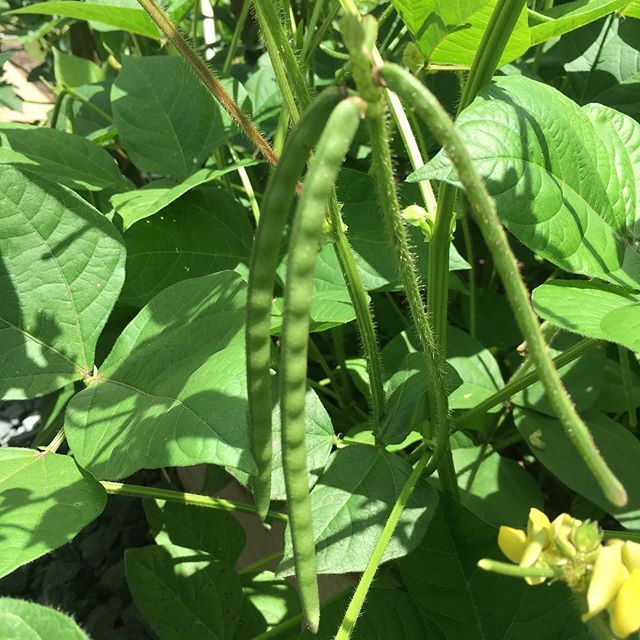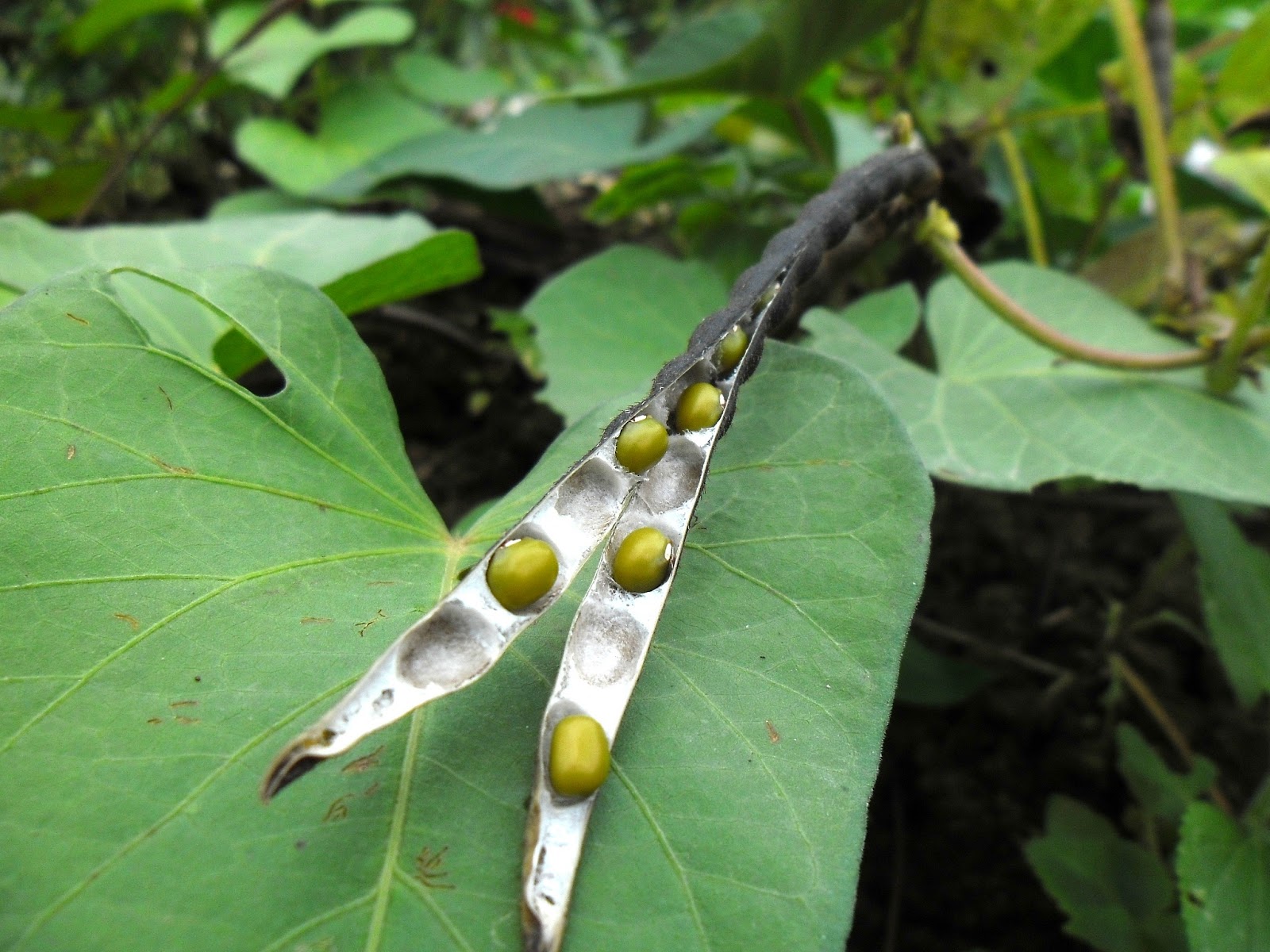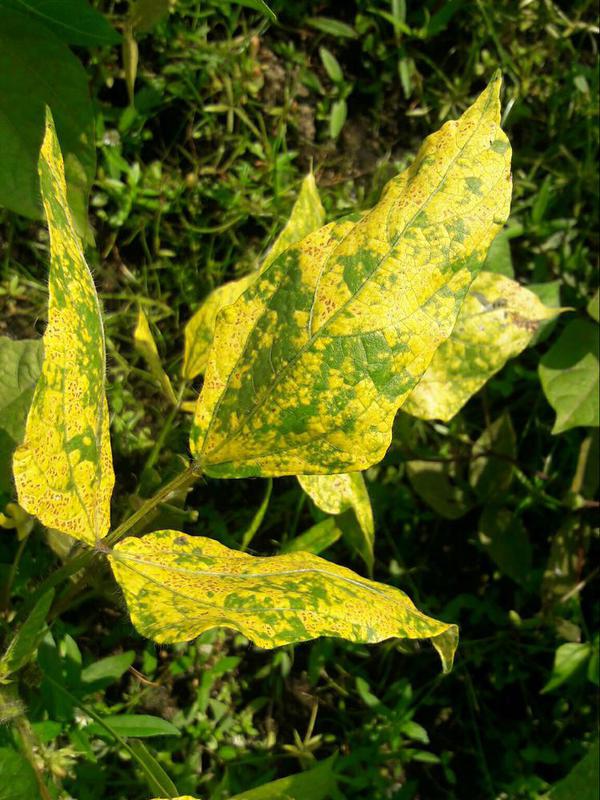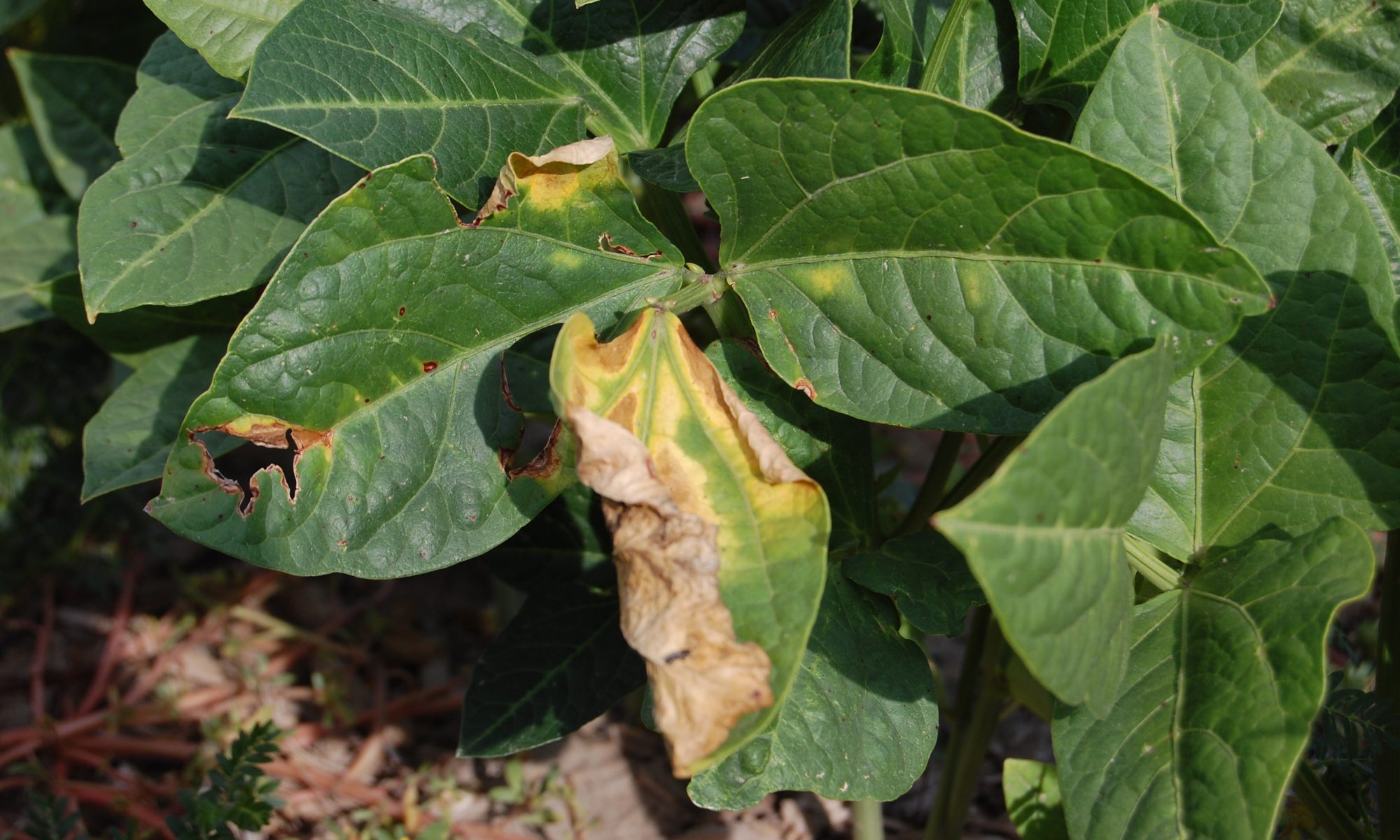-
The Green gram crop is matured in 65-70 days. It means, the crop sown in the month of March-April becomes ready for harvesting in the month of May-June.
-
The pods become harvestable when they are ripe, light brown or black in colour.
-
The pods ripen unevenly in the plant, if all the pods of the plant are waited for ripen, then over-ripe pods start cracking, so the pods should be plucked 2-3 times as soon as they turn from green to black, and later cut the crop along with the plant.
-
Harvesting of beans at an immature stage results in poor grain yield and quality.
-
After harvesting crops by Sickle drying for one day in the field, and after that drying on the threshing floor. After drying, threshing can be done by beating with the sticks or by using a thresher.
-
Mix the crop residue in the soil by running a rotavator so that the crop residue works as green manure. With this, about 10 to 12 kg per acre of nitrogen in the soil is supplied for the next crop.
ShareFor more such important information related to the agriculture sector, keep reading the articles of Gramophone daily. If you liked today’s information, then do not forget to like and share.





